- Choosing the Right Bulbs
- 1. Bulb Size
- 2. Bulb Quality
- 3. Bulb Variety
- 4. Bulb Source
- 5. Bulb Dormancy
- 6. Bulb Care Instructions
- Preparing the Soil
- 1. Choose a well-draining soil
- 2. Test the soil pH
- 3. Clear the area of weeds and debris
- 4. Amend the soil
- 5. Loosen the soil
- 6. Consider drainage options
- Planting the Bulbs
- Choose the right time
- Select the right location
- Prepare the soil
- Planting the bulbs
- Watering and care
- Fertilizing
- Winter care
- Trimming and dividing
- Providing Adequate Sunlight
- Watering and Fertilizing
- Watering
- Fertilizing
- Pruning and Maintenance
- Pruning
- Watering
- Fertilizing
- Supporting
- Pest and Disease Control
- Preventing Pests and Diseases
- 1. Sanitation
- 2. Proper Watering
- 3. Good Air Circulation
- 4. Pest Control
- 5. Quarantine New Plants
- 6. Choose Disease-Resistant Varieties
- 7. Consult a Professional
- Harvesting and Storing Bulbs
- 1. Timing
- 2. Digging up the Bulbs
- 3. Cleaning the Bulbs
- 4. Drying the Bulbs
- 5. Removing Dead Foliage
- 6. Storing the Bulbs
- 7. Periodic Inspection
- Q&A:
- How do I plant amaryllis bulbs?
- When should I plant amaryllis bulbs?
- How often should I water amaryllis bulbs?
- How long does it take for amaryllis bulbs to bloom?
- Can I plant amaryllis bulbs outdoors?
- Video: How to Place Amaryllis into Dormancy
Amaryllis and Hippeastrum bulbs are popular choices for indoor and outdoor gardening enthusiasts. These beautiful flowering plants are known for their vibrant and showy blooms, which can range in color from red and pink to white and yellow. Whether you are a seasoned gardener or a beginner, these tips will help you successfully plant and care for your Amaryllis and Hippeastrum bulbs.
When planting Amaryllis and Hippeastrum bulbs, it is important to choose a well-draining potting mix and a container that has drainage holes. Plant the bulbs with the pointed end facing upwards, and bury them about one-third of their depth. It is advisable to plant the bulbs individually, as this will allow for better air circulation and prevent the spread of diseases.
Once planted, place the container in a warm and sunny location, as Amaryllis and Hippeastrum bulbs thrive in bright light. Water the bulbs thoroughly after planting, and then reduce watering until new growth appears. During the growing season, it is important to keep the soil evenly moist but not waterlogged. Overwatering can lead to root rot, while underwatering can cause the bulbs to dry out.
In terms of feeding, use a balanced fertilizer once a month during the growing season. This will help promote healthy foliage growth and ensure a more abundant blooming period. Additionally, it is recommended to rotate the container every few days to promote even growth and prevent the stems from leaning towards the light source.
As the Amaryllis and Hippeastrum bulbs begin to flower, it is important to provide support for the tall stems to prevent them from toppling over. This can be done by inserting stakes or using a decorative lattice or trellis. Once the flowers have faded, deadhead them to encourage additional blooming. After the blooming period, allow the foliage to die back naturally. This will allow the bulbs to store energy for the following year’s growth.
In conclusion, planting and caring for Amaryllis and Hippeastrum bulbs requires attention to detail and proper maintenance. With the right conditions and care, these stunning flowers will bring color and beauty to your home or garden year after year. So, why not give them a try and enjoy the rewards of successful bulb gardening?
Choosing the Right Bulbs
When it comes to selecting amaryllis and hippeastrum bulbs for planting and care, a few key factors should be considered to ensure success:
1. Bulb Size
The size of the bulb plays a significant role in the growth and flowering of amaryllis and hippeastrum plants. Larger bulbs tend to produce more and larger flowers compared to smaller bulbs. When choosing bulbs, opt for ones that are firm, plump, and free from any signs of damage or disease.
2. Bulb Quality
High-quality bulbs are essential for healthy plant growth and abundant flowering. Look for bulbs that are free from blemishes, mold, or soft spots. Inspect the bulb closely and choose ones that have a smooth and intact outer skin.
3. Bulb Variety
There are numerous varieties of amaryllis and hippeastrum bulbs available, each with its own unique characteristics. Consider the color, size, and flowering time of different varieties to select the ones that best suit your preferences.
4. Bulb Source
It is important to buy bulbs from reputable sources to ensure their quality and authenticity. Look for reputable nurseries, garden centers, or online suppliers that specialize in bulbs. Avoid purchasing bulbs from unknown sources or sources with questionable quality.
5. Bulb Dormancy
Amaryllis and hippeastrum bulbs require a period of dormancy to initiate flowering. When selecting bulbs, consider whether they have already been pre-chilled or if they require a period of cold treatment before planting.
6. Bulb Care Instructions
Some varieties of amaryllis and hippeastrum bulbs have specific care requirements. Before purchasing bulbs, familiarize yourself with the care instructions provided by the supplier or do some research to ensure you can meet the specific needs of the bulbs.
By considering these factors and choosing the right bulbs, you can set the stage for successful planting and care of amaryllis and hippeastrum plants.
Preparing the Soil
Before planting your amaryllis or hippeastrum bulbs, it’s important to prepare the soil to provide the best growing conditions for your plants. Here are some tips to help you get started:
1. Choose a well-draining soil
Both amaryllis and hippeastrum bulbs prefer a well-draining soil to prevent waterlogged roots. Avoid heavy clay soils or those that are prone to retaining moisture. Instead, opt for a loamy soil or add organic matter, such as compost, to improve drainage.
2. Test the soil pH
These bulbs thrive in slightly acidic to neutral soil conditions. A pH range of 6.0-7.0 is ideal. You can test your soil using a pH meter or a soil testing kit available at garden centers. If your soil is too alkaline, you can lower the pH by incorporating materials like peat moss or elemental sulfur.
3. Clear the area of weeds and debris
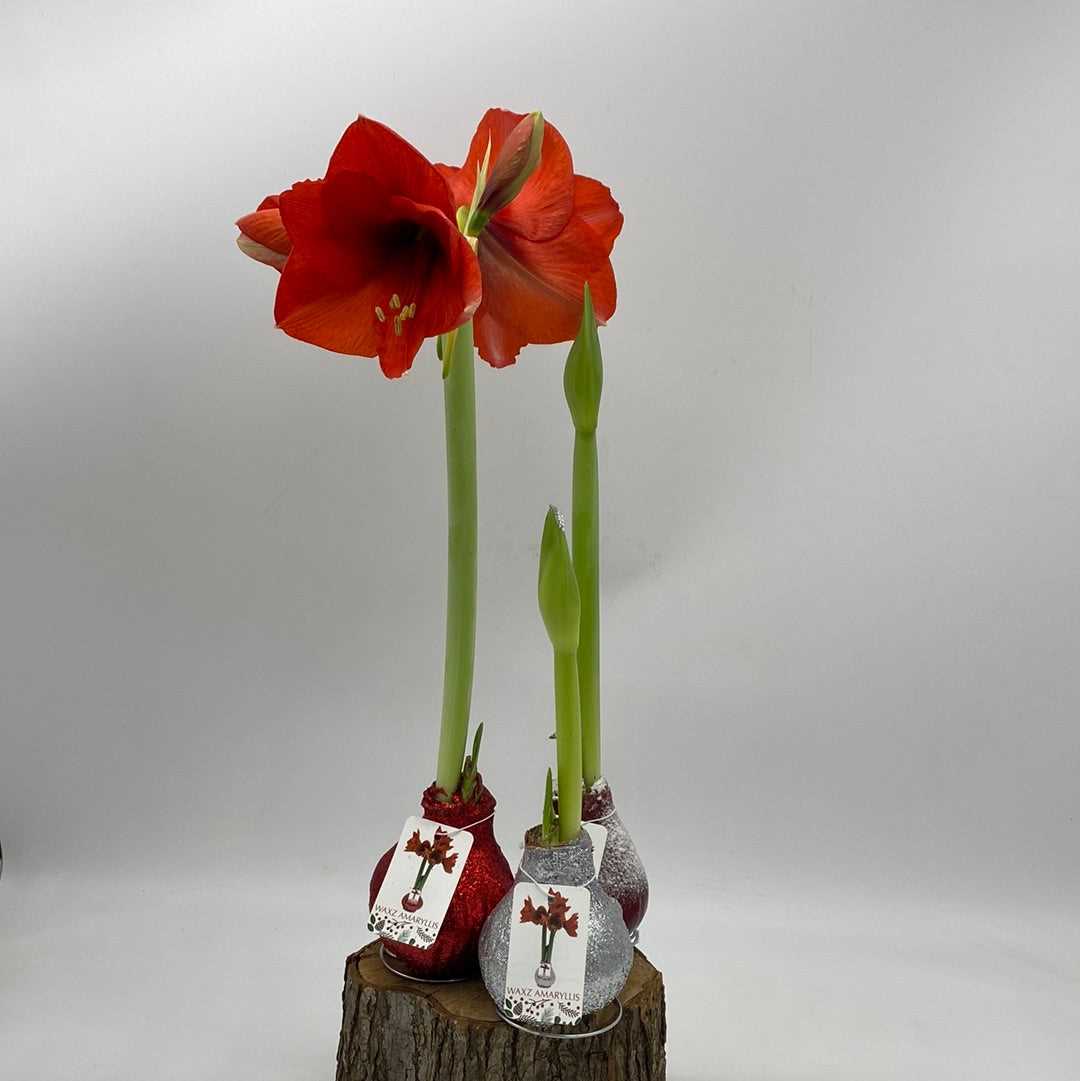
Before planting, remove any weeds, rocks, or debris from the planting area. This will help prevent competition for nutrients and ensure your bulbs have the best chance of establishing healthy roots.
4. Amend the soil
If your soil is lacking in nutrients or organic matter, consider amending it with compost, well-rotted manure, or a balanced fertilizer. This will provide essential nutrients for the bulbs and promote overall plant growth.
5. Loosen the soil
Loosen the soil to a depth of 8-10 inches using a garden fork or tiller. This will help create a loose and friable soil texture, making it easier for the bulbs to establish roots and access nutrients and moisture.
6. Consider drainage options
If you have heavy clay soil or poor natural drainage, consider planting your bulbs in raised beds or containers. This will allow for better drainage and reduce the risk of waterlogged roots.
By preparing the soil properly, you can create an optimal growing environment for your amaryllis and hippeastrum bulbs. This will set them up for success and ensure they thrive and produce beautiful blooms.
Planting the Bulbs
Planting amaryllis and hippeastrum bulbs is a simple process that requires a few key steps to ensure successful growth and flowering.
Choose the right time
It’s important to plant the bulbs at the right time to give them the best chance of thriving. Amaryllis and hippeastrum bulbs are typically planted in the late fall or early winter, before the first frost. This allows the bulbs to establish roots and prepare for their spring blooming period.
Select the right location
Amaryllis and hippeastrum bulbs prefer well-draining soil and full or partial sunlight. Choose a location in your garden or in a pot that receives at least 6 hours of direct sunlight per day. Ensure that the soil is rich and loamy, with good drainage to prevent waterlogged conditions that can lead to bulb rot.
Prepare the soil
Before planting, prepare the soil by removing any weeds or debris and loosening it with a garden fork or tiller. Mix in some organic matter or compost to improve the soil’s fertility and drainage.
Planting the bulbs
Dig a hole that is about 6-8 inches deep, or approximately 3 times the height of the bulb. Place the bulb in the hole with the pointed end facing up. The neck of the bulb should be slightly above the soil level. If planting multiple bulbs, space them at least 8 inches apart to allow for proper growth and airflow.
Watering and care
After planting, water the bulbs thoroughly to settle the soil and provide moisture for root growth. Be careful not to overwater, as excessive moisture can cause bulb rot. Once the bulbs have sprouted, water them regularly, keeping the soil evenly moist but not waterlogged.
Fertilizing
To promote healthy growth and flowering, it’s recommended to fertilize the bulbs every 2-4 weeks with a balanced, water-soluble fertilizer. Follow the package instructions for application rates and methods.
Winter care
In areas with cold winters, amaryllis and hippeastrum bulbs need protection from freezing temperatures. If planted in the garden, cover the bulbs with mulch or move them to a cool, dark location indoors. Keep them dormant until the following spring when you can reintroduce them to the outdoors.
Trimming and dividing
After the flowering period, you can trim the spent flower stalks but allow the foliage to die back naturally. If the bulbs become overcrowded, they can be divided every 3-4 years during their dormant period. Gently dig up the bulbs, separate the offsets, and replant them in a new location or container.
By following these planting and care tips, you can enjoy the beautiful blooms of amaryllis and hippeastrum bulbs year after year. Happy gardening!
Providing Adequate Sunlight
One key factor in successfully growing amaryllis and hippeastrum bulbs is providing them with adequate sunlight. These plants are native to tropical regions and require bright, direct sunlight to thrive. Here are some tips for ensuring they get the right amount of sunlight:
- Location: Choose a location for your bulbs where they will receive at least six hours of direct sunlight each day. This could be a sunny windowsill, a balcony, or a garden spot with good sun exposure.
- Orientation: Place the bulbs in a location where they will receive sunlight from different angles throughout the day. This will help ensure that all parts of the plant receive adequate light.
- Shade: While amaryllis and hippeastrum bulbs like sunlight, they also benefit from some shade during the hottest part of the day, especially in regions with intense summer heat. If you live in a hot climate, consider providing some light shade for the bulbs during peak sun hours.
It’s important to note that while these bulbs need a lot of sunlight, they can also be damaged by excessive heat. If the temperature in your growing area consistently exceeds 90 degrees Fahrenheit (32 degrees Celsius), it’s best to provide some shade or move the plants to a cooler location.
By providing your amaryllis and hippeastrum bulbs with the right amount of sunlight, you’ll help ensure healthy growth and vibrant blooms. Monitor the amount of light they receive and make any necessary adjustments to create the optimal growing conditions for your plants.
Watering and Fertilizing
Proper watering and fertilizing are important for the health and growth of amaryllis and hippeastrum bulbs. Here are some tips to help you care for your bulbs:
Watering
- Water the bulbs sparingly when they are in dormancy or before they start actively growing.
- Avoid overwatering, as this can lead to rotting of the bulbs.
- When the bulbs start showing signs of growth, increase the amount of water gradually.
- Allow the top inch of the soil to dry out between watering sessions.
- Water the plants deeply, thoroughly saturating the soil, but avoid letting them sit in standing water.
- During hot weather or when the plants are actively growing, increase the frequency of watering.
Fertilizing
- Start fertilizing the bulbs when they begin to show signs of growth.
- Use a balanced water-soluble fertilizer, following the package instructions for dilution and application.
- Apply the fertilizer every two to three weeks during the growing season.
- Avoid overfertilizing, as this can cause damage to the bulbs.
- If you are using a slow-release fertilizer, apply it at the beginning of the growing season and follow the package instructions for reapplication.
By following these watering and fertilizing practices, you can ensure that your amaryllis and hippeastrum bulbs receive the proper care and thrive in your garden or indoor space.
Pruning and Maintenance
Proper pruning and maintenance are essential for keeping your amaryllis and hippeastrum bulbs healthy and productive. Here are some tips to help you care for your plants:
Pruning
- Remove any dead or yellowing leaves from the plant.
- Trim off any faded or wilted flowers to encourage new bloom growth.
- Prune off any brown or blackened sections of the bulb to prevent disease spread.
Watering
- Water your bulbs when the top inch of soil feels dry to the touch.
- Avoid overwatering, as this can lead to root rot.
- During the active growth period, water the bulbs every one to two weeks.
- Reduce watering frequency in the dormant phase to prevent bulb rot.
Fertilizing
- Apply a balanced liquid fertilizer every two to four weeks during the active growth period.
- Use a fertilizer specifically formulated for bulbs or houseplants.
- Follow the instructions on the fertilizer packaging for proper application amounts.
Supporting
- Use stakes or plant supports to provide additional support to taller varieties.
- Gently tie the stems to the support to prevent toppling over.
- Check the supports regularly and adjust as needed to prevent damage to the plant.
Pest and Disease Control
- Inspect your plants regularly for signs of pests, such as aphids or mealybugs.
- If you notice any pests, treat them with an appropriate insecticide or organic pest control method.
- Monitor your bulbs for signs of disease, such as rot or fungal infections.
- If you suspect disease, remove the affected parts or take appropriate measures to control the spread.
By following these pruning and maintenance tips, you can ensure the health and beauty of your amaryllis and hippeastrum bulbs for years to come.
Preventing Pests and Diseases
The best way to ensure that your amaryllis and hippeastrum bulbs stay healthy and free from pests and diseases is to follow proper care practices and provide them with the right growing conditions. However, there are a few additional measures you can take to prevent common issues.
1. Sanitation
Keeping your planting area clean and free from dead leaves and debris can help prevent pests and diseases. Regularly remove any fallen leaves or plant debris from the soil surface or around the base of the plants. This will help eliminate hiding places for pests and reduce the risk of fungal infections.
2. Proper Watering
Overwatering can lead to root rot and other fungal problems, while underwatering can make the plants more susceptible to pests and diseases. Water your amaryllis and hippeastrum bulbs carefully, allowing the top inch of soil to dry out between waterings. Avoid getting water on the leaves to prevent the development of fungal infections.
3. Good Air Circulation
Adequate air circulation is essential to prevent the buildup of moisture and reduce the risk of fungal diseases. Avoid overcrowding the plants and provide enough space between them. If growing them indoors, make sure the room is well-ventilated.
4. Pest Control
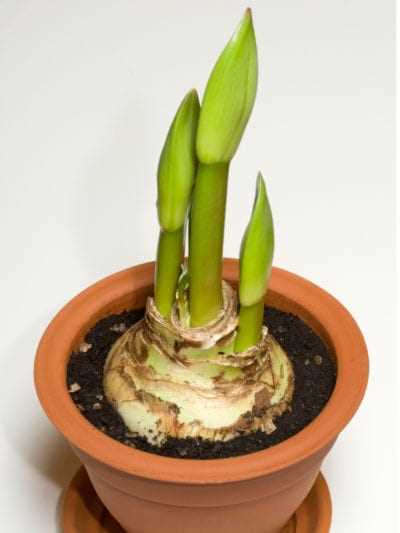
Inspect your amaryllis and hippeastrum bulbs regularly for signs of pests such as aphids, mealybugs, and spider mites. If you notice any, remove them by hand or use an organic insecticidal soap according to the product’s instructions. Introducing beneficial insects like ladybugs can also help control pest populations.
5. Quarantine New Plants
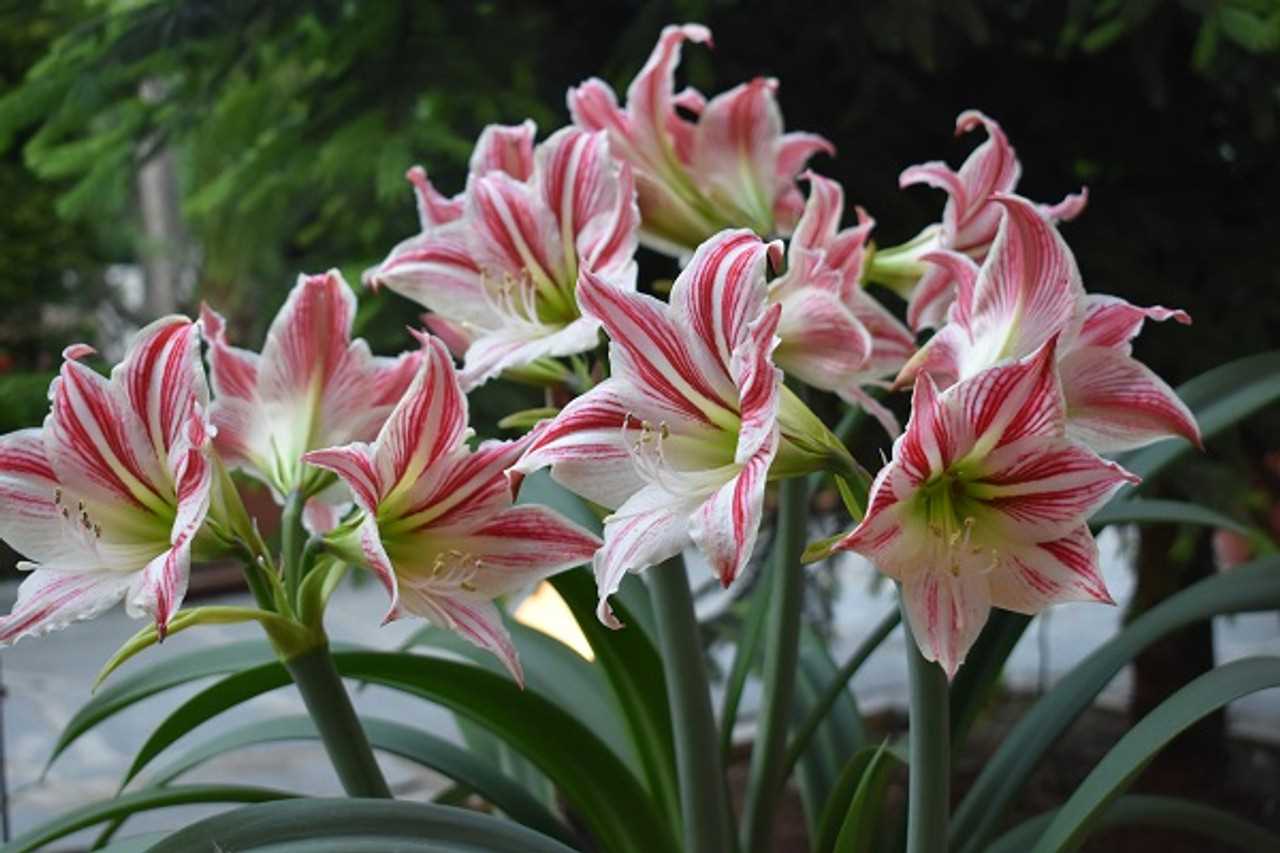
If you’re adding new plants to your collection, it’s essential to quarantine them for a few weeks before introducing them to your existing plants. This will help prevent the spread of any diseases or pests that they might be carrying.
6. Choose Disease-Resistant Varieties
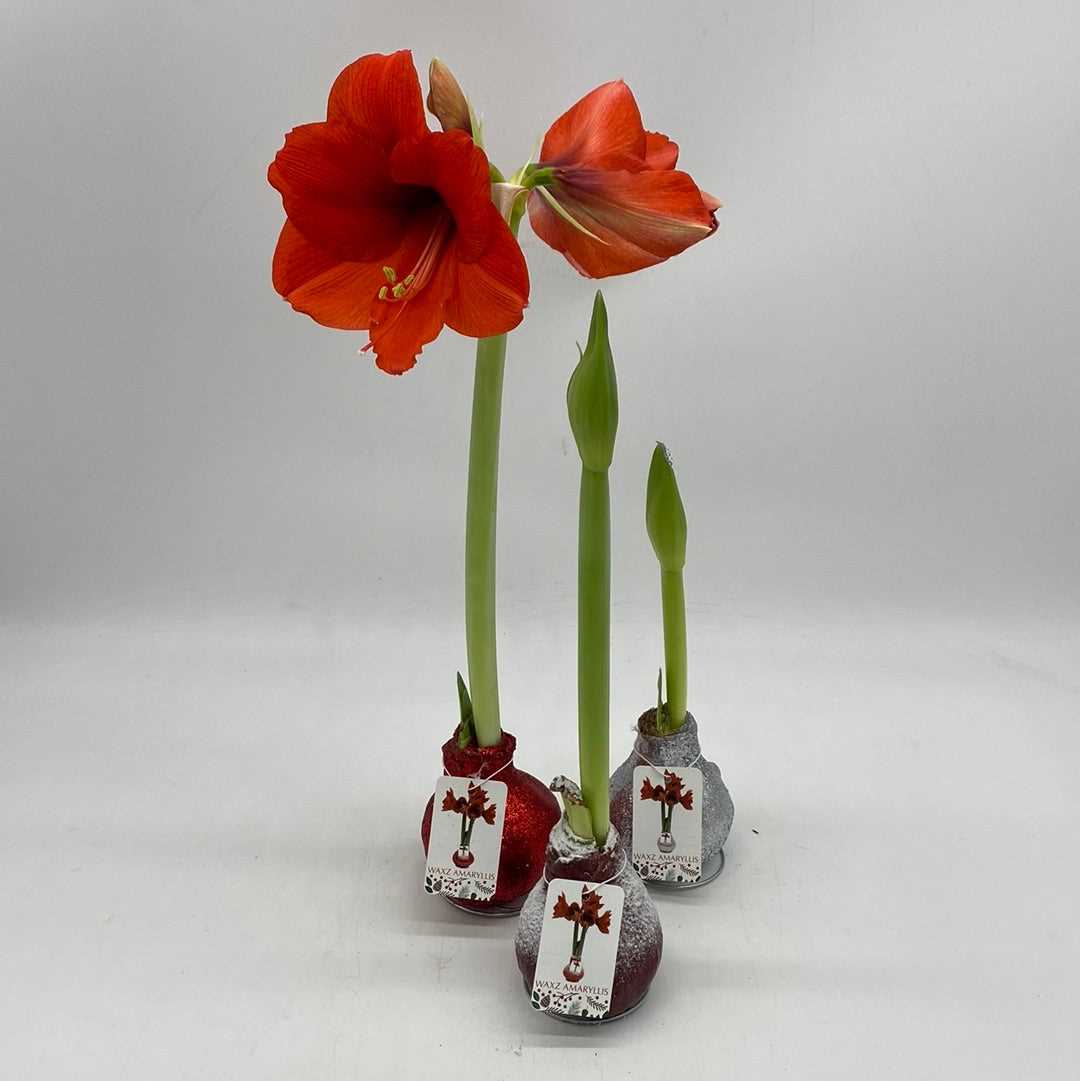
When selecting amaryllis and hippeastrum bulbs, choose varieties that are known for their disease resistance. This can help minimize the risk of common fungal infections.
7. Consult a Professional
If you’re unsure about any pest or disease issues affecting your amaryllis or hippeastrum bulbs, it’s always a good idea to consult a professional for advice and guidance. They can help diagnose the problem and provide appropriate treatment recommendations.
By following these preventative measures, you can help keep your amaryllis and hippeastrum bulbs healthy and thriving, ensuring beautiful blooms year after year.
Harvesting and Storing Bulbs
Once your amaryllis or hippeastrum bulbs have finished flowering, it’s important to properly harvest and store them for future use. Follow these tips to ensure the health and longevity of your bulbs:
1. Timing
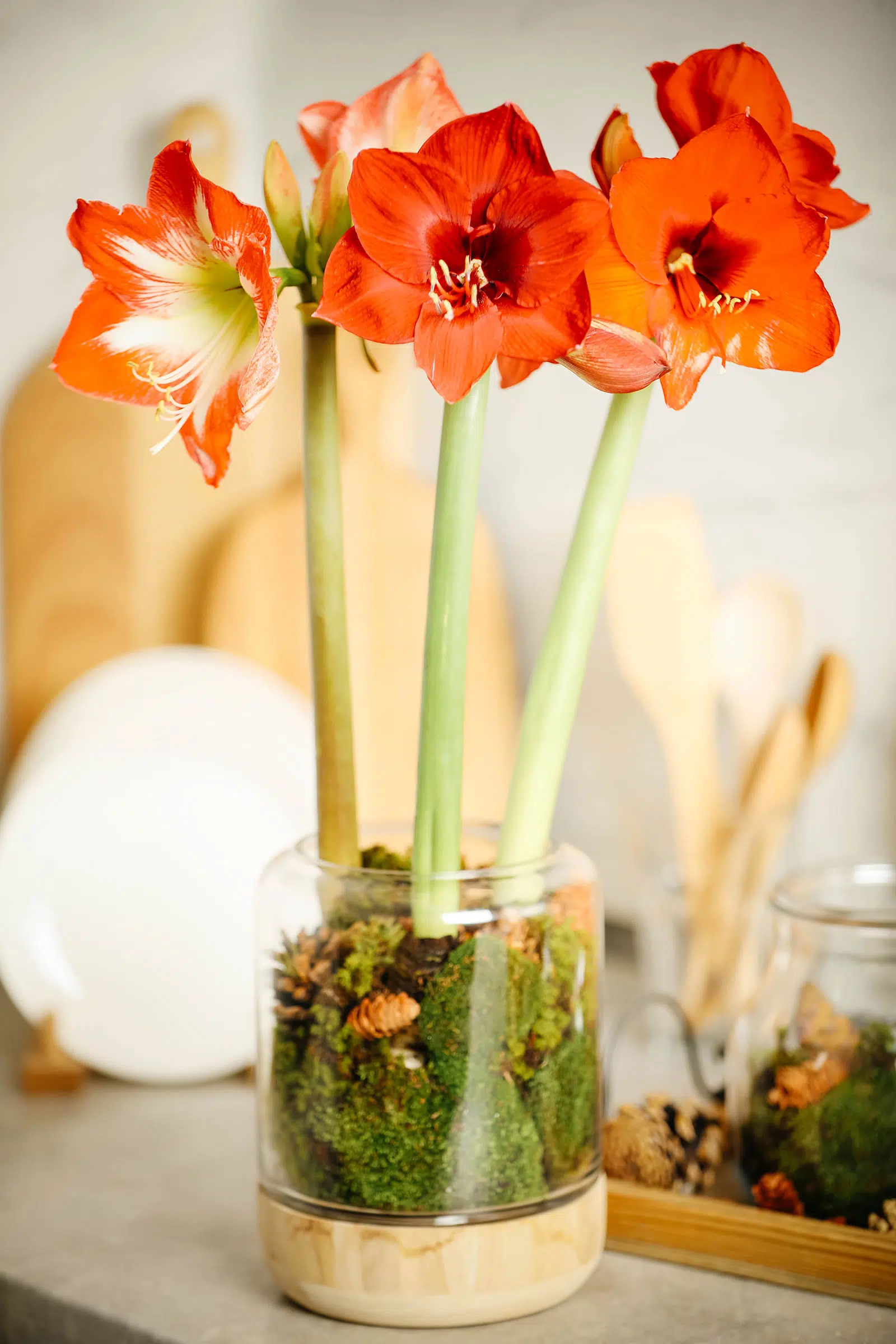
Wait until the flowers have faded and the stems have started to yellow before harvesting your bulbs. This indicates that the bulb has completed its growth cycle and is ready to be stored.
2. Digging up the Bulbs
Gently dig around the base of the plant, being careful not to damage the bulbs. Use a garden fork or shovel to lift the bulbs out of the ground, making sure to remove any loose soil.
3. Cleaning the Bulbs
Once the bulbs are out of the ground, gently remove any excess soil or roots. Be careful not to remove too much of the protective outer layer of the bulb, as this can damage it.
4. Drying the Bulbs
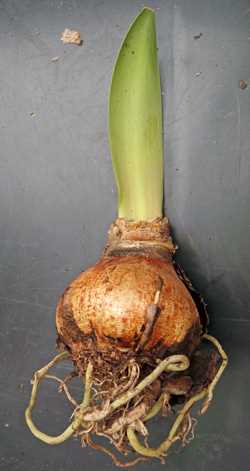
Place the bulbs in a warm, dry location with good air circulation. This will allow them to dry out completely, which helps prevent rot during storage. Leave the bulbs to dry for about a week.
5. Removing Dead Foliage
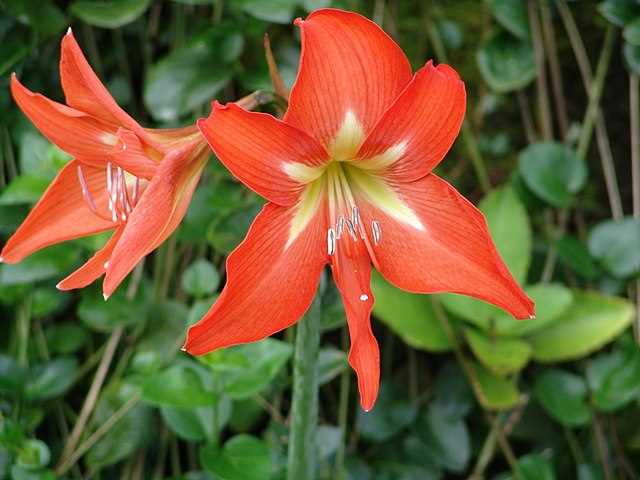
After the bulbs have dried, gently remove any dead or yellowed foliage. This helps prevent the spread of diseases or pests during storage.
6. Storing the Bulbs
Store the bulbs in a cool, dry place, ideally between 40-50°F (4-10°C). You can store them in a paper bag or a mesh bag to allow for air circulation. Avoid storing them in plastic bags, as this can encourage rot.
7. Periodic Inspection
Check on your stored bulbs every couple of weeks to make sure they are still firm and healthy. Discard any bulbs that show signs of decay or mold.
By following these steps, you can ensure that your amaryllis and hippeastrum bulbs remain healthy and ready for planting in the future.
Q&A:
How do I plant amaryllis bulbs?
To plant amaryllis bulbs, choose a pot that is at least 6-8 inches in diameter and has drainage holes. Fill the pot with well-draining soil, leaving about an inch of space from the rim. Place the bulb in the pot with the pointed end up and the roots spread out. Cover the bulb with soil, leaving the top third of the bulb exposed. Water the bulb thoroughly after planting and place it in a warm and bright location.
When should I plant amaryllis bulbs?
Amaryllis bulbs can be planted in the fall or winter, around 8-10 weeks before you want them to bloom. This will vary depending on your location and when you want the flowers to appear. If you want them to bloom around Christmas time, plant them in October. If you want them to bloom in the spring, plant them in January. It’s best to plant the bulbs when the weather has started to cool down and the days are getting shorter.
How often should I water amaryllis bulbs?
Water amaryllis bulbs thoroughly after planting and then wait until the top inch of the soil is dry before watering again. Overwatering can cause the bulb to rot, so it’s important not to water too frequently. Generally, you can water amaryllis once every 1-2 weeks, but adjust the frequency depending on the temperature and humidity of your environment. It’s important to keep the soil moist, but not waterlogged.
How long does it take for amaryllis bulbs to bloom?
The time it takes for amaryllis bulbs to bloom can vary depending on several factors, such as the variety of amaryllis, the size of the bulb, and the growing conditions. On average, it can take around 6-8 weeks from planting to blooming. Some varieties may bloom faster, while others may take longer. It’s important to be patient and provide the bulb with the necessary care and conditions for optimal growth.
Can I plant amaryllis bulbs outdoors?
Amaryllis bulbs are typically grown indoors as houseplants, but they can be planted outdoors in areas with a mild climate. If you live in a region with mild winters and warm summers, you can plant amaryllis bulbs outdoors in a sunny location. Make sure to choose a well-draining spot and provide some protection from strong winds. In colder regions, it’s best to grow amaryllis bulbs as potted plants and bring them indoors before the first frost.
Video:
How to Place Amaryllis into Dormancy







